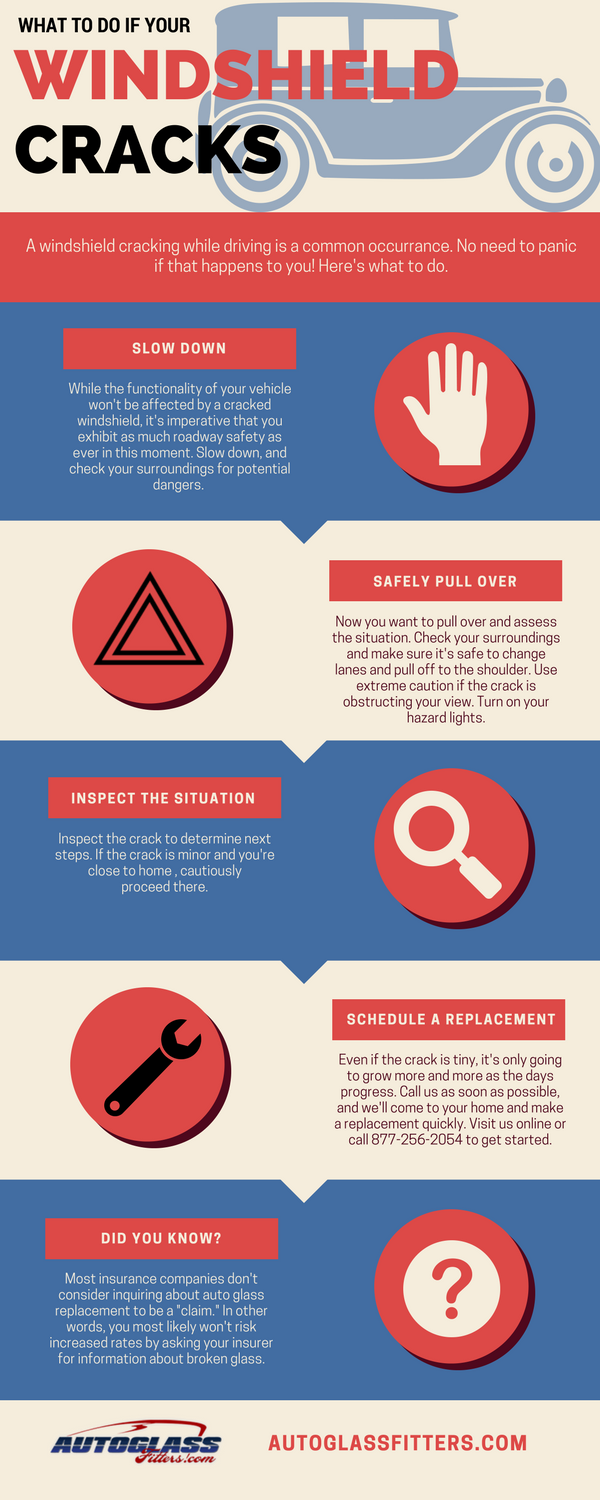One Of The Most Efficient Pressure Cleaning Practices For Every Single Surface Classification
One Of The Most Efficient Pressure Cleaning Practices For Every Single Surface Classification
Blog Article
Write-Up Writer-Vazquez Markussen
When it pertains to press washing, the method you pick can make all the difference in attaining a tidy, streak-free finish. You could find that tough surface areas, like concrete, need a various technique than softer products, such as timber or vinyl. It's important to adapt your techniques to the surface area type to stop damages while maximizing cleaning performance. So, what are the best strategies for every surface area, and exactly how can you ensure you're using the right settings and tools for the work? Allow's explore what you need to recognize to get the most effective results.
Tough Surfaces
When it pertains to push cleaning difficult surface areas, preparation is essential. Prior to you even think of taking out the pressure washer, make the effort to remove the area of any kind of particles, furnishings, or barriers. You do not desire anything entering your method or potentially harmful your devices.
Next, examine the surface area for any kind of fractures or damages; this will certainly assist you establish the appropriate technique and pressure setups.
Once you have actually prepared the location, it's vital to pick the ideal nozzle. For hard surface areas like concrete or block, a narrow nozzle (15 or 25 levels) works best to supply a concentrated stream of water that can effectively remove grime and discolorations. Always begin at Recommended Browsing and progressively relocate closer to avoid any kind of surface damages.
As you start washing, keep the stick transferring to prevent streaks and over-saturation. glass cleaning kit 's likewise practical to function from the top down, enabling dirt and particles to get rid of naturally.
Finally, keep in mind to rinse the surface extensively after cleansing to eliminate any kind of leftover cleaning agent. With these methods, you'll accomplish a tidy and rejuvenated look on all your hard surfaces.
Soft Surfaces
Pressure washing soft surface areas calls for a gentler approach to protect them from damages. Whether you're cleansing your deck, outdoor patio furniture, or exterior siding, making use of way too much pressure can cause dents, scratches, or even irreparable harm.
Start by selecting a low-pressure nozzle, preferably a 25-degree or bigger spray pattern, to distribute the water much more gently.
Before you begin, it's essential to pre-treat any spots with an appropriate cleaning option. This step enables the cleaner to pass through the dust and crud, making it less complicated to get rid of without scrubbing too hard.
Always use the option from all-time low as much as avoid spotting.
When you start stress washing, preserve a range of at least 12 to 18 inches from the surface area. Relocate your stick in a sweeping activity, maintaining it alongside the surface to stay clear of concentrated pressure on one spot.
Wash the area extensively after cleaning up to remove any kind of residual cleaner.
Lastly, inspect the surface area for any missed out on spots and repeat the procedure if required. By adhering to these steps, you can efficiently tidy soft surface areas while protecting their integrity and appearance.
Specialized Surfaces
Cleaning up soft surfaces needs treatment, yet specialized surfaces require much more interest to detail. When you tackle these surface areas, like delicate wood, tarnished concrete, or particular types of exterior siding, making use of the ideal pressure washing techniques is critical to prevent damage.
First, analyze the material. As an example, treated wood can often hold up against modest stress, yet softer timbers like cedar might need a reduced setup. Constantly start with the lowest pressure and slowly raise if essential.
For discolored concrete, utilize a follower spray nozzle and keep a constant range to stop etching the surface.
When managing surface areas like plastic siding or repainted surface areas, a large spray pattern assists disperse the pressure uniformly, securing the surface.
It's likewise important to make use of detergents specifically created for specialized surfaces. They can enhance cleaning without endangering the product.
Rinse completely after washing to remove any kind of residue, as it can cause discoloration or deterioration gradually.
Verdict
In conclusion, mastering stress washing methods for different surfaces can make all the distinction in your cleaning results. For hard surfaces, adhere to narrow nozzles and a top-to-bottom strategy, while soft surface areas need a gentler touch with broader nozzles. Don't neglect to pre-treat stains and rinse completely to prevent deposit. By adapting your methods to every product, you'll not just attain a cleaner finish yet likewise safeguard the honesty of your surface areas. Happy cleaning!
